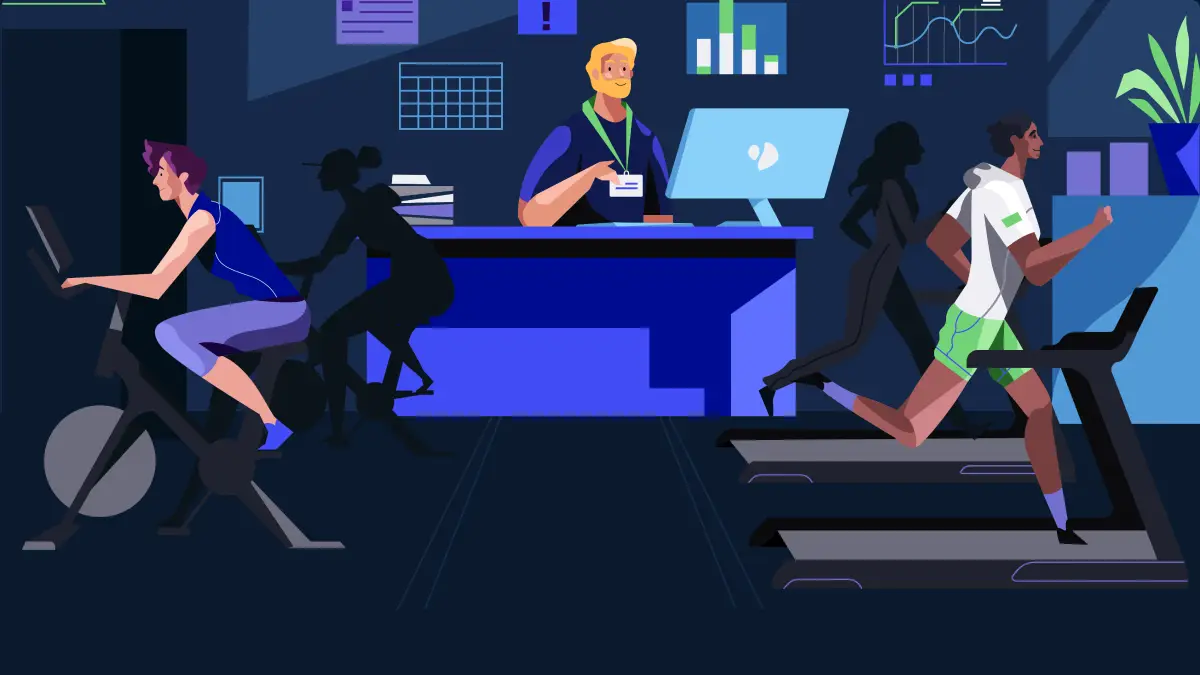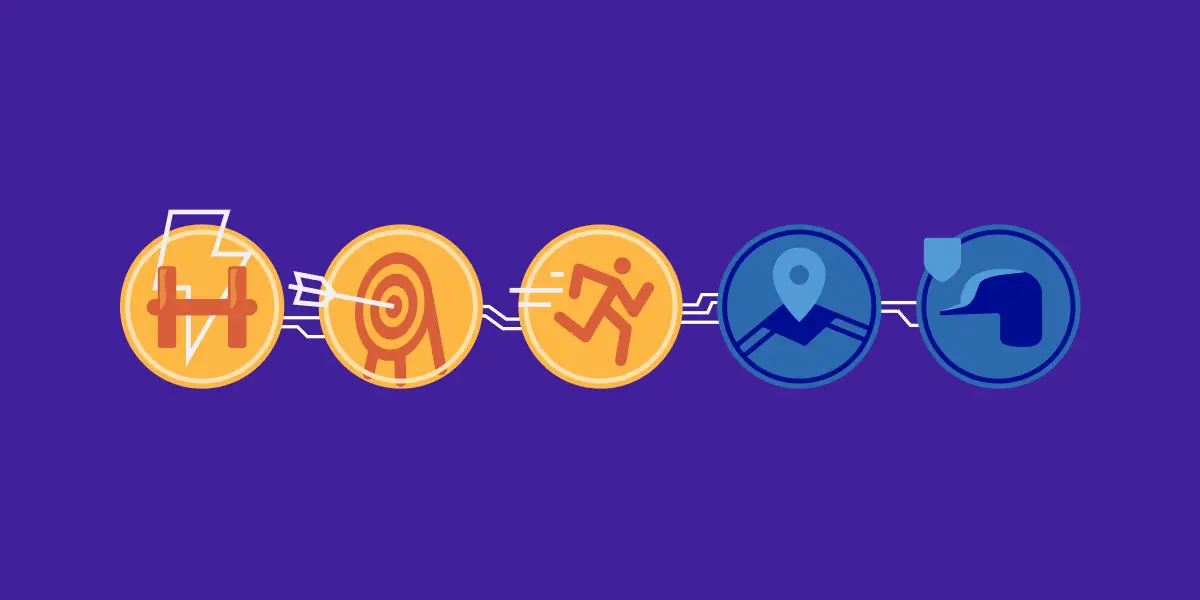“When integrating technology, it all comes down to understanding your customer base, who you’re trying to target, and the type of training you offer. Why are people coming to you? Determining the value proposition for your fitness business will help you determine the best way to move forward.” – Kevin MacCauley
We well know that technology has greatly influenced the way we consume sports and fitness. From online classes to smart home gym equipment and wearable technology, the pandemic has expedited this innovation. But, where does this leave brick and mortar businesses in a post-COVID era?
Research shows that 80% of consumers are open to returning to gyms. This means that sports training facilities have an opportunity to capture a large share of the market. But, in order to compete, you must integrate technology into your facility to provide an exceptional experience.
Kevin MacCauley sat down with Trainer Jim Adams, host of the Masters in Fitness Business Podcast to discuss technology in brick and mortar fitness studios and clubs. From that conversation, here are three ways you can get started.
Listen to the full podcast episode here.
3 Ways to Integrate Technology in your Sports & Fitness Business
1. Athlete Progressions
At the end of the day, no matter the specifics, the goals of your clients remain the same: to improve. As a sports & fitness business owner, it’s your job to help them see their progress. So, you must prove the value that they pay as a client or member at your facility.
One way to do this is through integrating regular client assessments and reassessments into your offerings. For example, if a client enrolls in your 6-week strength program, you should fill out an initial evaluation of their starting point. At the end of the 6 weeks, you can reevaluate that client to showcase their progress and prove the value of their investment. Begin by collecting and recording this data, even if it is on pen and paper.
While this can be a low tech process, implementing performance tracking technology will help you analyze the health and fitness beyond what can be captured on pen and paper. Companies like Apple, Fitbit, and Whoop have built powerful athlete progression tracking tools, which means you don’t need to build your own technology to do this. Instead, you should use this technology to your advantage. MacCauley reminds us of the role we play in a person’s fitness journey.
“You’re giving people amazing coaching through your training sessions or group classes. So, you can also sit them down and devote time to look at the data and see how they are progressing with the tools they already have. Assessments help you start increasing value and helping your clients see the progress they’re making. You can also start making better business decisions because of that.”
By proving the value of your offerings through progress backed by this data, you will encourage strong levels of athlete retention.
2. Data Solutions
Data can also be used to inform business decisions for your facility. Apple, Peloton, Whoop, and Tonal, all use AI and Machine Learning to provide feedback and recommendations. Likewise, you can use similar technology to collect data for your fitness business. Who should you target? What should your pricing be? How can you show people the progress that they are making?
“Your business data is going to be critically important,” says MacCauley. “AI, Predictive Analytics, and Machine Learning is where the industry is going. As a result, you’re going to start seeing brick and mortar businesses get really smart about how they can implement a data and analytics strategy. The future of technology is data solutions for your business.”
In fact, a survey conducted by McKinsey found that investing in analytics “to gain competitive intelligence on future market conditions, to target customers more successfully, and to optimize operations” generated profit increases of around 6 percent. This can be done easily through high tech software integration. But, there are also low tech ways to enter into data solutions. The most important step is to just get started.
3. Software
Lastly, make it easy for your clients to do business with you. A strong sports management software will reduce friction and alleviate many headaches, empowering you to focus on your why: your clients.
Don’t make it hard to buy your services. Automate your revenue streams through online event registration and scheduling, as well as payments processing. When looking for a facility management software, MacCauley says it’s important to remember that “different age groups are going to have different levels of tech savviness. Your target audience will determine how much functionality you need on the client-facing side versus only on the business side.”
In addition to the client-facing functionality, a software designed for personal trainers also allows you to easily track your cash flow, revenue and growth of a sports business. A software will empower you to track where your money is, where it is going, what you’re making money on, and what you’re losing money on. As Jim Adams says, “Finances seem simple, and they are, but they have to be done, and they have to be done correctly.”
From a business standpoint, it is also important to consider how your technology company supports your business when you’re not there. Is the software intuitive? How hard is it to train new employees? This becomes especially important as you look to expand your business, bring on additional staff, or perhaps look to expand to new locations.
Moving Forward
Overall, while technology may seem like a threat to fitness, there are ways to integrate this technology to create opportunity. From implementing athlete performance technology and a data solutions strategy into your training offerings, to exploring a new wave of innovation through an app for sports coaches, technology is a powerful tool to add value for your clients, showcase your expertise, and propel your business up and to the right.
See why studios, gyms, and academies trust Upper Hand to deliver a premium client experience. Get a demo today.



